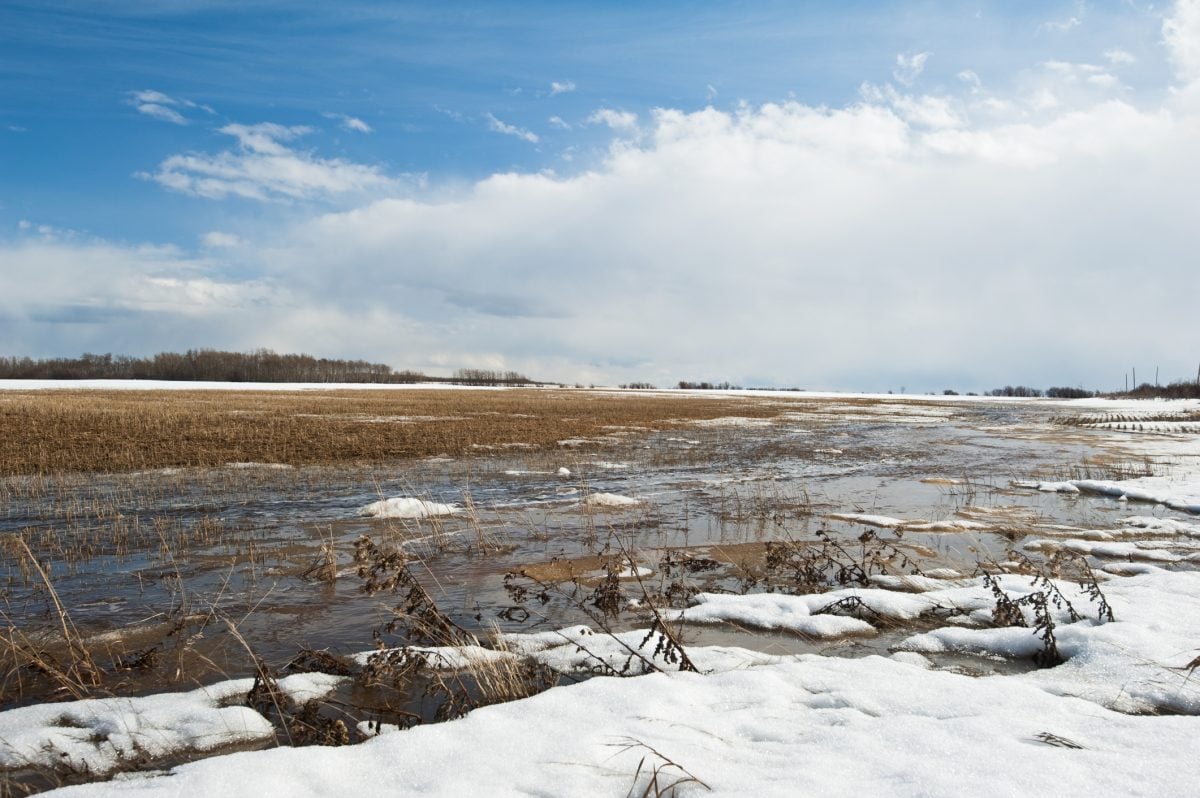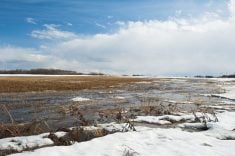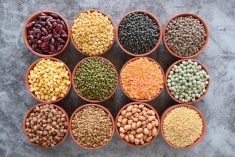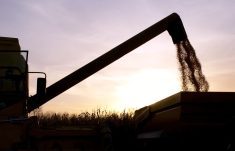Seeding operations in Alberta are generally complete with the only exceptions in the south, where less than five per cent of the intended crop still needs to be put into the ground, according to a provincial crop specialist.
“That area has been extremely wet and has prevented producers from seeding the last of the crops,” said Harry Brook of the provincial Ag-Info Centre at Stettler.
Development of the various grain, oilseed and pulse crops in Alberta varies widely.
Fields in the central region have seen some good germination and even emergence while dryness in the province’s northeast has resulted in the crops getting an extremely late start, he said.
Read Also

Prairie forecast: Quiet pattern continues as winter struggles for a foothold
For the upcoming forecast period, a large area of low pressure remains anchored off the British Columbia coast, a strong low spins over the Atlantic coast and another, weaker low lingers near Hudson Bay. Between these systems, the flow across the Prairies is largely zonal, meaning it moves west to east with little north–south movement. That pattern will help usher a few weak disturbances across the region during the next several days.
“A lot of the regions in the northeast section have not seen any moisture since the snow melted in the spring, which in turn has slowed germination and caused spotty emergence,” Brook said.
In the southern areas of Alberta, cool and wet conditions have also resulted in slower-than-normal germination and emergence, Brook said.
The Peace region of northern Alberta has seen spotty precipitation, but could use a good soaking to aid in the development of crops, he said.
Cutworms are among the pest problems producers in Alberta have had to deal with. The weather has also been ideal for flea beetle populations, which have been feeding on canola crops, he said.
The development of winter wheat and fall rye has been good in the areas that were seeded in the fall, but seeded area was well down from normal due to the late harvest last year, he said.
No major damage to crops followed a significant frost seen about a week or so ago, he noted.
“There were fears that some reseeding of crops would be required, but producers in those regions are reporting that in most cases, the fields that were impacted have recovered nicely,” Brook said.
Pasture and hay crops were described as being in mostly good shape.















